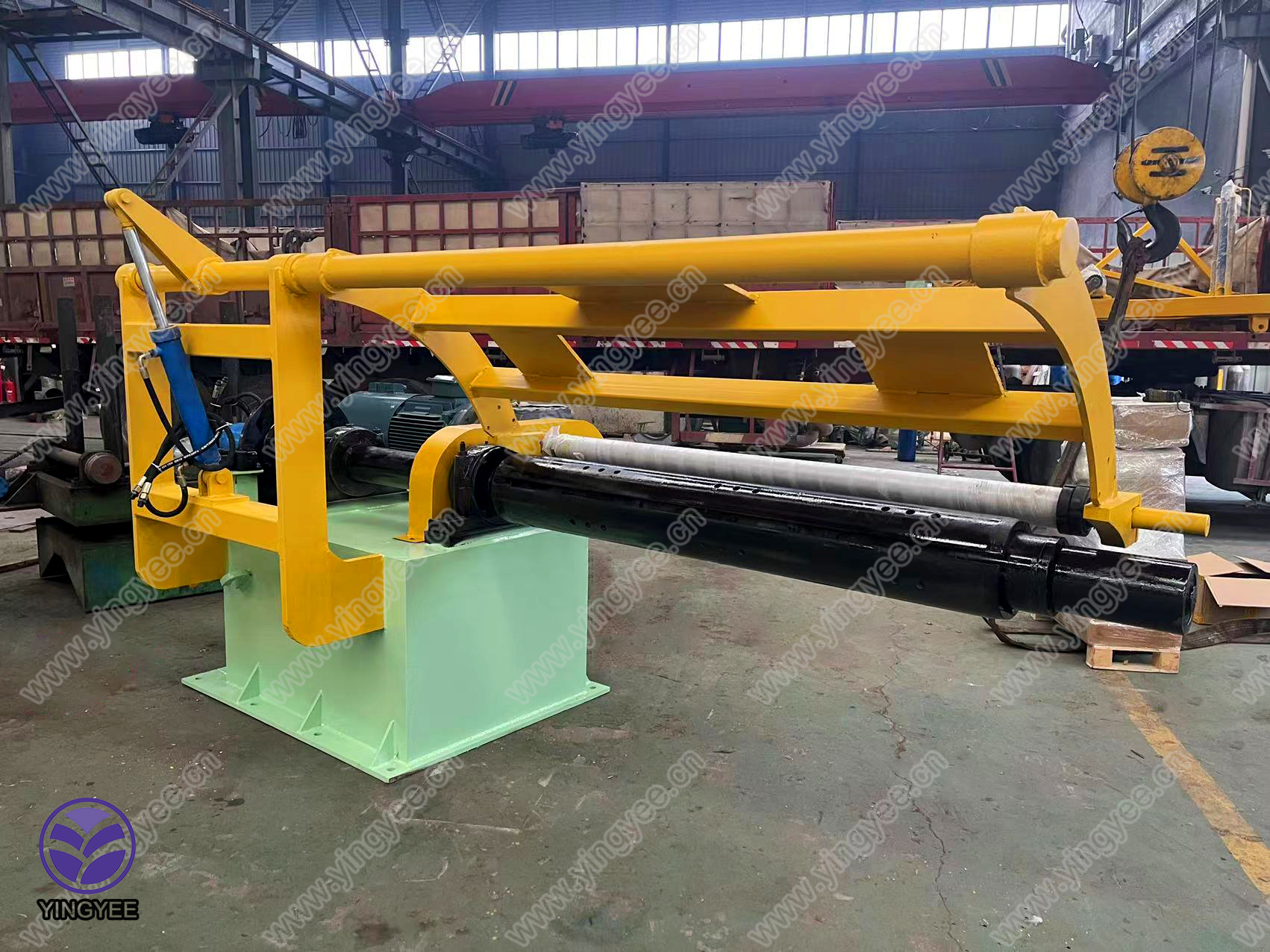
The Highway Sound Barrier Cold Bending Machine A Key to Noise Reduction and Structural Integrity
In the modern world, urbanization and increased vehicle traffic have led to a significant rise in noise pollution, particularly along highways. To mitigate this issue, sound barriers have become a vital component in urban planning and road construction. Among various techniques used in the manufacturing of these barriers, the cold bending process has emerged as an efficient and effective method. The highway sound barrier cold bending machine plays a crucial role in this process, enabling the production of high-quality sound barrier panels tailored to meet specific acoustic requirements.
Understanding Sound Barriers
Sound barriers, commonly made of concrete, metal, or composite materials, are structures designed to block or deflect sound waves generated by traffic. Their primary purpose is to protect residential and recreational areas from the disruptive noise of passing vehicles, contributing to a more peaceful environment. Effective sound barriers not only help reduce noise pollution but can also improve property values and enhance the overall quality of life for affected communities.
Cold Bending Process
The cold bending process involves shaping materials at room temperature, using specialized machinery rather than applying heat. This technique offers several advantages over traditional hot bending methods, including minimizing material stress and maintaining the structural integrity of the sound barrier panels. The cold bending machine employs precise mechanical controls to achieve accurate angles and dimensions, ensuring that each panel meets specific design specifications.
One of the key benefits of the cold bending process is the ability to work with a range of materials, including metals like steel and aluminum, as well as advanced composites. This versatility allows manufacturers to create panels that not only meet aesthetic requirements but also provide excellent acoustic performance.
The Role of Cold Bending Machines
Highway sound barrier cold bending machines are specifically designed to streamline the production of sound barrier panels
. These machines typically feature a series of rollers and guides that enable materials to be fed in and bent into the desired shape without compromising strength or durability. The automation of this process not only accelerates production but also reduces waste, making it a more environmentally friendly option.
Advanced cold bending machines are equipped with computer numerical control (CNC) systems, allowing for precise adjustments and repeatability. Operators can input specific design parameters, and the machine will produce components that adhere closely to those specifications. This level of precision is essential in ensuring that the panels perform effectively in real-world conditions.
Advantages of Using Cold Bending Machines
1. Cost Efficiency By reducing material waste and lowering energy costs associated with heating methods, cold bending machines contribute to lower overall production costs. Additionally, their high throughput can meet large-scale project demands with ease.
2. Enhanced Durability Cold bending minimizes the risk of material fatigue, resulting in panels that have greater longevity. This durability is crucial for sound barriers, which must withstand various environmental conditions over many years.
3. Design Flexibility With the ability to produce custom shapes and sizes, manufacturers can cater to unique project requirements. This design flexibility ensures sound barriers can be constructed to fit specific landscapes and aesthetic preferences.
4. Improved Acoustic Performance The precise engineering made possible by cold bending techniques allows for the production of sound barrier panels that effectively attenuate noise, providing significant relief to nearby communities.
Conclusion
The highway sound barrier cold bending machine is a significant innovation in the field of noise reduction technology. By utilizing advanced manufacturing techniques, these machines create sound barrier panels that meet both functional and aesthetic needs, reducing the impact of noise pollution on urban environments. As cities continue to grow and evolve, the importance of effective sound barriers will only increase, making cold bending technology an essential component of modern infrastructure development. Such advancements not only enhance the quality of life for residents but also contribute to sustainable urban planning efforts.